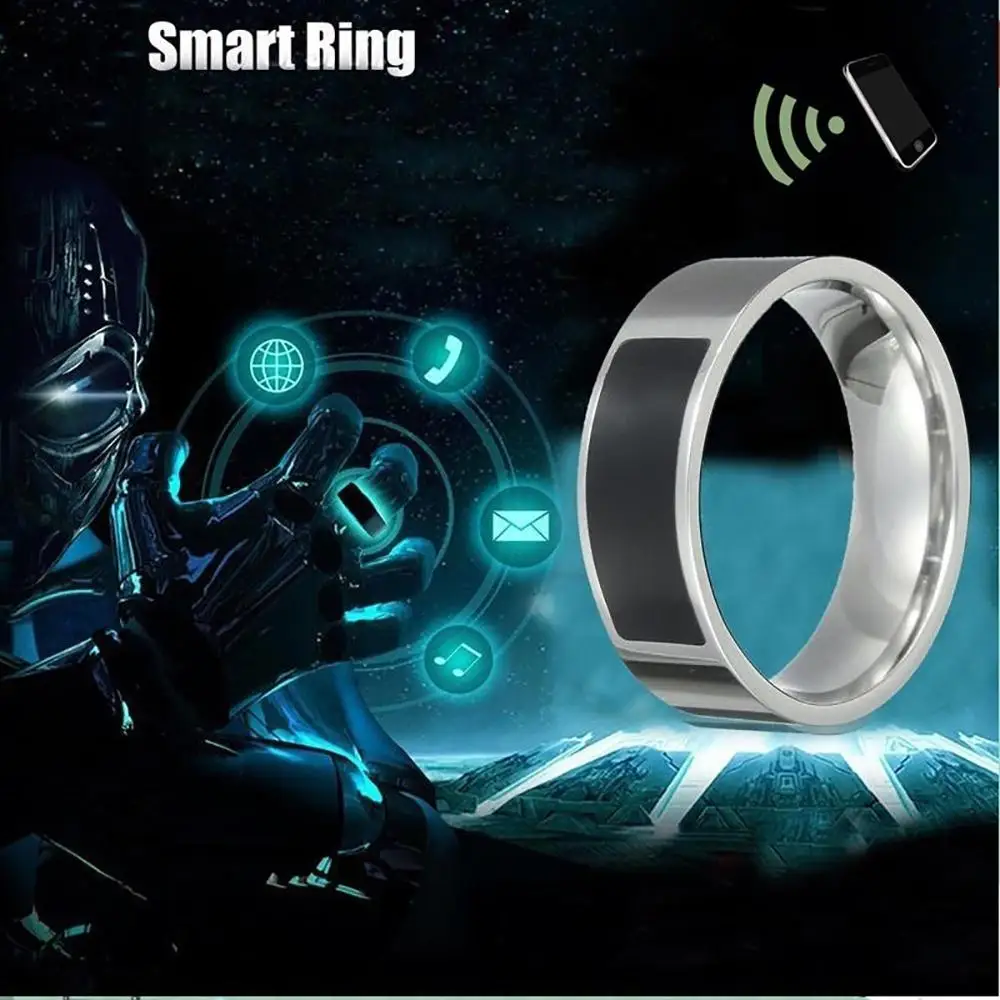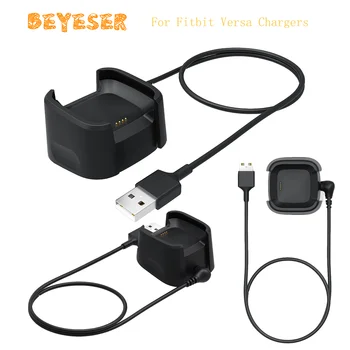Stroke Recovery Wearable Systems : smart earpiece
[ad_1]
Table of Contents:
I. Introduction
II. The Wearable System for Stroke Rehabilitation
III. How the Wearable System Works
A. The Smart Earpiece
B. The Motion-Tracking Watch
IV. Benefits of the High-Tech Wearable System
V. FAQs
VI. Conclusion
I. Introduction:
After experiencing a stroke, many people struggle with mobility and movement. Rehabilitation can be a long and difficult process that requires a lot of effort and patience. Thankfully, advances in technology are making it easier for stroke survivors to improve their physical function and regain their independence. In particular, a team of scientists and engineers working out of ETH Zurich in Switzerland have developed a high-tech wearable system that is designed to help people who have experienced a stroke make progress in terms of improving their mobility and movement. This article will explore how the wearable system works, its benefits, and answer some frequently asked questions.
II. The Wearable System for Stroke Rehabilitation:
The wearable system for stroke rehabilitation is designed to leverage brain plasticity and help stroke survivors improve their physical function. The system is a combination of a smart earpiece and a motion-tracking watch, and both components work together to provide feedback and trigger impulses that prompt movement.
III. How the Wearable System Works:
A. The Smart Earpiece:
The smart earpiece component of the wearable system works by transmitting electrical impulses to the vagus nerve in the ear. This represents a significant improvement over surgically implanted devices that are typically used. The electrical impulses prompt the vagus nerve to trigger the release of neurotransmitters in the brain, which helps with movement planning and control. The earpiece can be controlled remotely by a therapist or doctor and can adjust the level of stimulation as needed.
B. The Motion-Tracking Watch:
The motion-tracking watch component of the wearable system senses movement and can prompt the earpiece to zap the vagus nerve. The watch has sensors that can detect motion and orientation in three dimensions. It also has sophisticated algorithms that can differentiate between different types of movements, such as reaching, grasping, and lifting. When the watch senses that a movement is hindered or needs improvement, it sends a signal to the earpiece to stimulate the vagus nerve and prompt the brain to create new neural pathways.
IV. Benefits of the High-Tech Wearable System:
The high-tech wearable system has several benefits for stroke survivors, including:
1. Improved Mobility And Movement: The wearable system is designed to prompt movement and stimulate the vagus nerve, which can help improve physical function and range of motion.
2. Personalized Rehabilitation: The wearable system can be tailored to each individual stroke survivor’s needs. The earpiece can be controlled remotely by a therapist or doctor, and the watch can track progress and adjust feedback as needed.
3. Cost-Effective: The wearable system is more cost-effective than traditional rehabilitation methods, such as physiotherapy or occupational therapy. It can be used at home and does not require frequent clinic visits.
4. Enhanced Feedback: The wearable system provides real-time feedback on movement and progress, which can be motivating and help stroke survivors stay on track with their rehabilitation.
5. Greater Independence: The wearable system can help stroke survivors regain their independence by improving their physical function and reducing their reliance on caregivers.
V. FAQs:
1. Will the wearable system work for all stroke survivors?
The wearable system is designed to be personalized to each individual’s needs, but it may not be suitable for everyone. A doctor or therapist will need to assess whether the wearable system is appropriate for a particular stroke survivor.
2. Is the wearable system safe?
The wearable system has been tested extensively in clinical trials and has been found to be safe. However, as with any medical device, there may be some risks associated with its use. A doctor or therapist will be able to advise on the risks and benefits of using the wearable system.
3. Do I need technical expertise to use the wearable system?
The wearable system is designed to be user-friendly and does not require any technical expertise. Therapists or doctors may need to provide some initial training on how to use the system, but it is generally easy to use.
4. How long does it take to see results?
The time it takes to see results will vary depending on the individual and the severity of their stroke. However, some stroke survivors have reported seeing improvements in as little as a few weeks.
5. How much does the wearable system cost?
The cost of the wearable system will vary depending on the country and the healthcare system. In some cases, it may be covered by insurance or healthcare plans. A doctor or therapist will be able to provide advice on the cost and availability of the system.
VI. Conclusion:
The high-tech wearable system developed by scientists and engineers at ETH Zurich is a promising new approach to stroke rehabilitation. By leveraging brain plasticity and providing personalized feedback and stimulation, the wearable system has the potential to improve the lives of stroke survivors and help them regain their independence. While it may not be suitable for everyone, it is an exciting new development in stroke rehabilitation that is worth exploring.
[ad_2]








